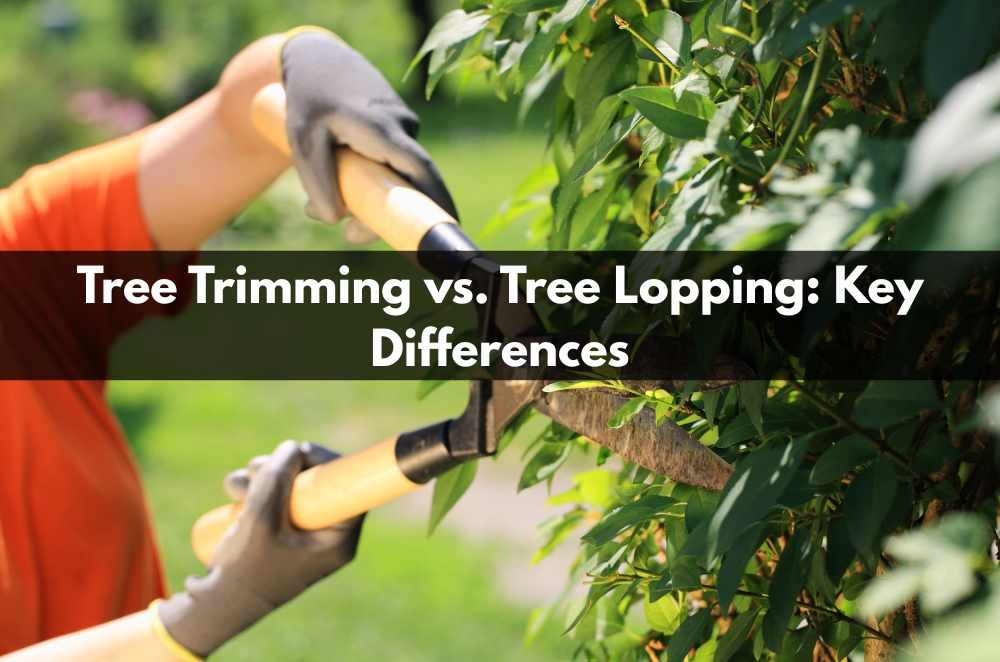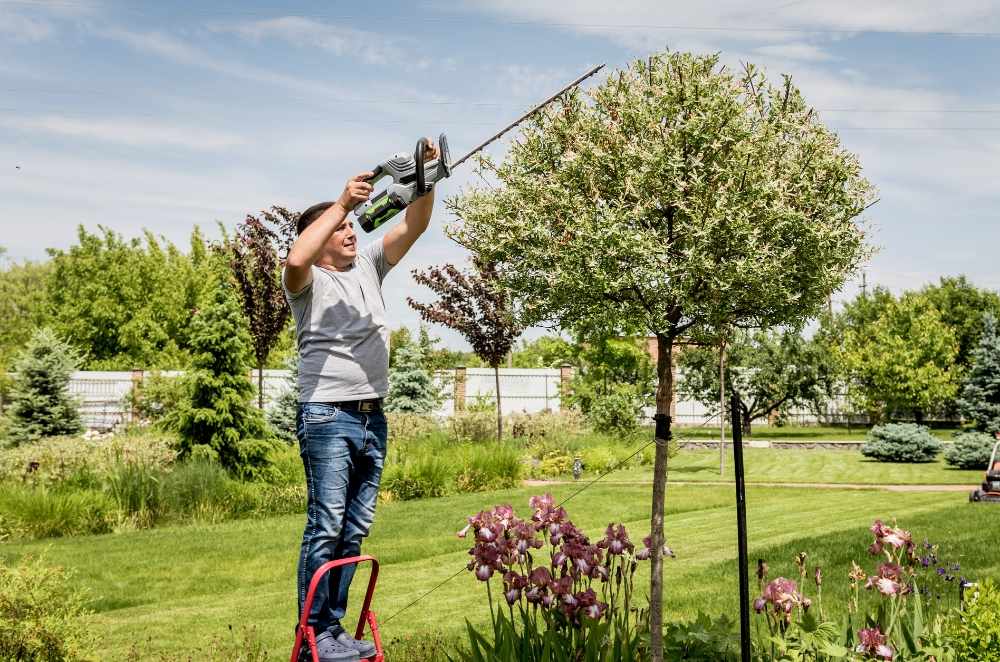
I learned the difference the hard way—one quick “lopping” left a hedge looking tidy for a week, then it exploded into brittle shoots and shade where I didn’t want it. Trimming is lighter, more deliberate, and kinder to structure. Lopping is heavy-handed and often invites stress regrowth. The fix is knowing what job you actually need and who’s qualified to do it. When I compare options, I start with scope, timing, and aftercare—and I sanity-check how teams describe cuts against practical outcomes offered by tree trimming services so the plan reads like long-term care, not just a quick haircut.
What trimming and lopping actually mean
Trimming focuses on small, strategic cuts to guide form and health. Lopping takes larger sections quickly, often without regard to growth points or future structure.
Cut intention: Trimming removes crossing or weak branches to balance the canopy; lopping prioritises fast clearance and bulk removal.
Wound quality: Trimming cuts outside the branch collar for cleaner healing; lopping tends to leave tears or stubs that stall recovery.
Regrowth pattern: Trimming directs buds outward and upward; lopping triggers dense, weak shoots that demand more maintenance later.
Long-term costs: Trimming reduces future risk and callouts; lopping can shift cost to monitoring, remedial work, and unplanned removals.
In practice, good providers explain where they’ll cut and why, then show how those changes play out across seasons. If you want the baseline for safe methods, official guidance on tree work services sets expectations around qualifications, consumer protections, and sensible work practices.
How to assess your tree before any cuts
Two minutes of observation saves months of frustration. Look at structure, targets (what sits below), and timing. Then decide what you want the canopy to do, not just what you want to remove.
Canopy goal: Decide on filtered shade, view lines, or roof clearance so cuts serve a picture, not a guess.
Targets and risk: Note paths, roofs, and play spaces; cuts should move weight away from hazards, not toward them.
Species and season: Some species sulk after summer cuts; others bleed in late winter—timing shapes recovery.
Health checks: Look for dieback, borers, or fungal signs; pruning sick wood without diagnosis just spreads problems.
When you’re weighing options and styles, homeowner perspectives on choosing tree trimming services help you translate goals (light, airflow, fruiting) into a scope that a crew can deliver—and maintain without heroic visits every six weeks.
Safety, compliance, and the urban street reality
City blocks add power lines, traffic, and neighbour sightlines. The right team treats safety as part of the craft and paperwork as part of the plan.
Access and edges: Expect cones, spotters, ladder tie-offs, and stable platforms—signals that falls and traffic are being managed.
Drop zones: Roped areas and rigging prevent panic cuts; calm lowering protects fences, tiles, and tempers.
Tool hygiene: Clean blades, trim cleaner and move fewer pests; a simple wipe between trees can protect a whole street.
Approvals and records: Photos, permits (if required), and after-action notes make future queries straightforward.
Clear records also guide bigger decisions. If repeated defects or decay make stability uncertain, careful planning around tree removal in Sydney prevents rushed choices and aligns timing with safety, neighbours, and local rules.
Comparing quotes without getting lost in jargon
A neat number tells you little. The best quotes read like a method: where, how, and when the cuts happen—and how the site will be left.
Scope clarity: Line items should separate formative trimming, canopy reduction, and clearance from roofs or lines.
Cut map: Simple sketches or photo markups show the plan on your actual tree, not a generic diagram.
Waste plan: Specify chip size, mulch placement, and removals so “tidy” means the same thing to everyone.
Aftercare rhythm: Light follow-ups at sensible intervals stop you paying for heavy rescues later.
I read quotes out loud, walking in the garden. If a line item doesn’t match a branch or goal, I ask for a rewrite before anyone starts a saw. The crews who welcome that step are usually the ones who deliver a calmer finish.
When lopping might still be considered (and how to do it safely)
Sometimes a tree is too big for its spot, or a storm leaves it unbalanced. Reduction can be part of a staged plan—if it’s thoughtful and bounded.
Targets first: Identify what you’re protecting—roof, fence, play space—and trim toward that outcome, not just away from leaves.
Staged reduction: Spread larger changes across seasons so the tree can respond without dumping weak shoots everywhere.
Structural anchors: Keep strong laterals and unions; never leave long stubs that tear, rot, or invite pests.
Future path: Note what the canopy should look like in a year; schedule a light corrective visit before it needs a heavy one.
A measured reduction is not a chainsaw sprint; it’s a plan that gives the tree a way to heal and the garden a way to stay usable while you work toward a better long-term shape.
A short field note from a Sydney courtyard

Last autumn, a courtyard jacaranda threw shade over a kitchen and showered the gutter with petals. Two providers quoted. One proposed a quick lop “to open it up,” no sketches, just a number. The other mapped cuts on photos explained where collar-preserving trims would redirect growth and suggested raising the canopy gently over two visits. We chose the second. The first trim was almost invisible to visitors—just better light and fewer drooping twigs. Summer arrived, and the tree didn’t explode into brittle shoots; gutters stayed calmer after storms. Six months later, the second visit lifted the weight from the roofline and balanced the limb that leaned over the neighbour’s deck. No fences were nicked, no tiles cracked, and the courtyard read cooler without feeling bare. That’s the real difference between trimming and lopping in daily life: trimming plans for future form and recovery, lopping spends your canopy’s resilience all at once. When the work matches the goal, you get a garden that looks right on the day and behaves well for months after.






Write a comment ...